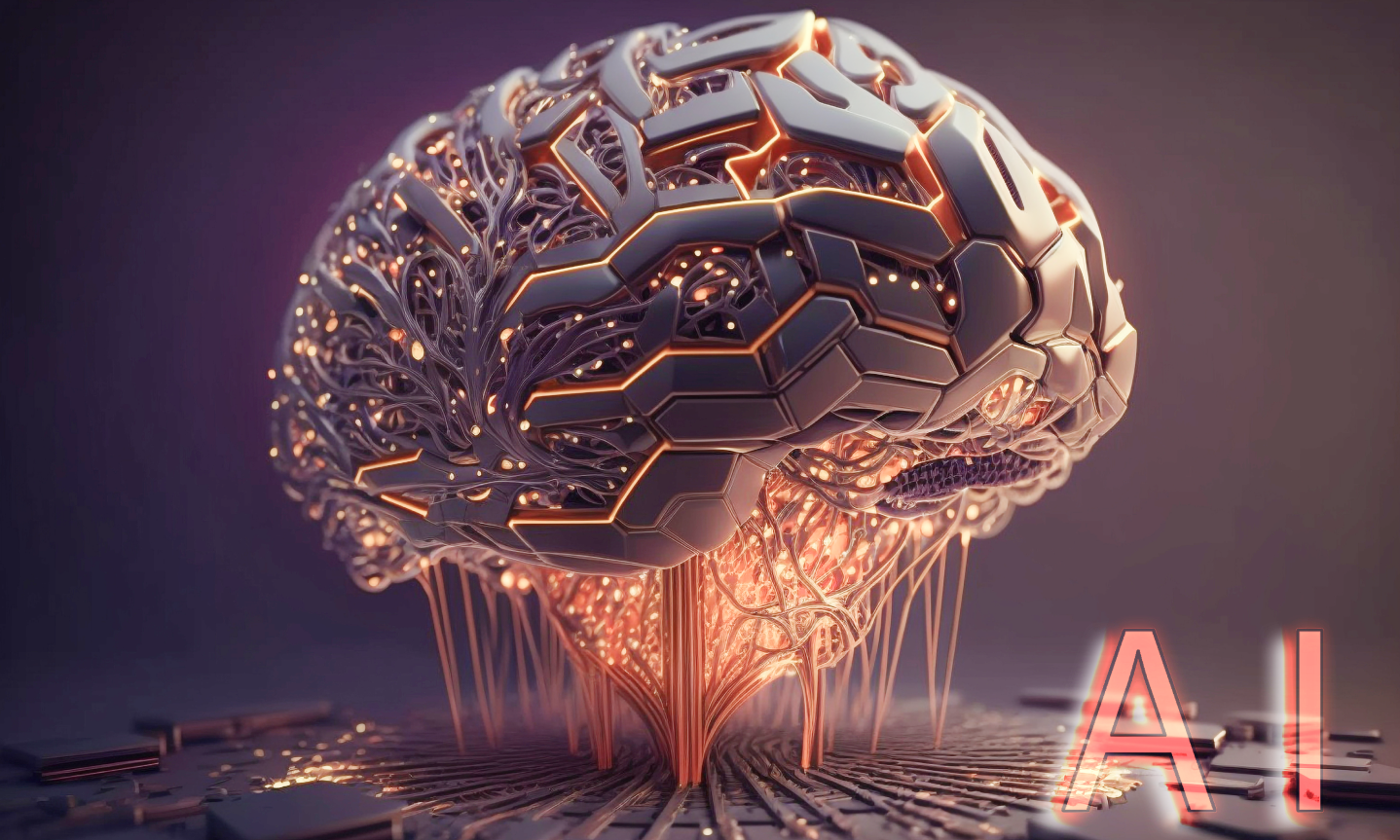Agentic AI for Creative Workflows:
Revolutionizing Design Tools
As artificial intelligence continues its rapid evolution, a transformative paradigm is emerging within the realm of creative tools: agentic AI. This innovation transcends simple automation, empowering users to collaborate with AI as true partners, not just operators. Within the dynamic design and content creation industries, this fundamental shift has the potential to redefine our understanding of creativity, productivity gains, and accessibility for all.
In this article, we’ll delve into how agentic AI for creative workflows is fundamentally reshaping the future landscape of generative design tools. We’ll examine the pioneering work of companies like Adobe, explore the tangible benefits for both creative professionals and organizations, and consider the implications for the next wave of intelligent applications.
What Is Agentic AI?
Agentic AI refers to intelligent systems engineered to operate with a significant degree of autonomy and initiative. These systems are capable of making informed decisions, dynamically adapting to contextual nuances, and continuously learning from ongoing user interactions. Unlike traditional AI tools that rigidly adhere to pre-defined rules or react solely to specific commands, agentic AI is intentionally designed to function as a proactive co-creator. It assists users not merely by executing tasks but by actively contributing novel ideas, offering insightful suggestions, and simplifying inherently complex creative decision-making processes.
Key Characteristics:
- Autonomy: Operates independently within clearly defined operational boundaries.
- Context-awareness: Demonstrates a deep understanding of individual user needs, historical project data, and the overarching project scope.
- Collaboration: Provides real-time, contextually relevant recommendations or proactively takes initiative within established workflows.
- Adaptability: Continuously learns and refines its capabilities over time based on received feedback and patterns of usage.
The Rise of Agentic AI in Creative Workflows
Creative software platforms are increasingly integrating robust agentic AI capabilities to significantly enhance both usability and overall accessibility. Adobe’s recent groundbreaking developments, prominently featuring Firefly and other sophisticated AI-driven features, perfectly exemplify this burgeoning trend. Instead of merely generating static images or applying basic filters, agentic AI actively assists users to:
- Refine intricate visual elements with intelligent suggestions.
- Adjust critical design components dynamically based on defined objectives and user intent.
- Suggest impactful improvements grounded in established layout principles and design best practices.
- Auto-generate compelling copy that aligns with the desired tone and target audience.
Real-World Example: Adobe’s Vision for Intelligent Design
According to insights from Adobe’s leadership, a core objective is to democratize design by significantly minimizing the traditional learning curve associated with professional tools. Their innovative agentic AI features possess the ability to interpret even somewhat ambiguous user input, such as “Make it more vibrant” or “Intelligently align these disparate elements,” and execute the requested changes with a high degree of understanding. This intuitive approach effectively bridges the historical gap between novice creators and professional-level output capabilities.
Benefits of Agentic AI for Businesses and Creatives
- Increased Productivity for Design Teams: Agentic AI adeptly automates a wide range of repetitive yet essential tasks, including resizing visual assets, consistent formatting, and the efficient organization of complex design elements. This crucial automation frees up valuable time for creative professionals to concentrate on higher-level innovation and strategic thinking.
- Empowering Non-Designers to Create: With the intuitive assistance of agentic AI, teams across various departments – such as sales, marketing, and human resources – who lack formal design training can now confidently produce high-quality, visually appealing materials. This democratization of creativity fosters greater autonomy and agility across the entire organization.
- Enhanced Creative Exploration and Iteration: Agentic AI offers real-time, context-aware suggestions and generates diverse variations based on initial concepts. This empowers users to rapidly explore multiple creative directions and refine their ideas without the time-consuming burden of manually testing each individual option.
- Ensuring Consistency and Strong Brand Alignment: AI-powered agents can consistently enforce critical design standards across all teams and projects. This ensures that all creative output automatically aligns with established brand guidelines, including specific colors, approved fonts, and standardized layouts, maintaining a cohesive brand identity.
- Significant Cost Efficiency for Businesses: By intelligently automating basic design tasks and empowering a broader range of employees to create content, small businesses can substantially reduce their reliance on external design resources, leading to significant cost savings while maintaining a professional and impactful brand presence.
Agentic AI Use Cases in Creative Industries
A. Marketing and Advertising:
* Intelligently auto-generate visually engaging campaign assets that adhere to strict brand guidelines.
* Dynamically optimize email headers and compelling calls-to-action (CTAs) based on real-time behavioral data analysis.
* Automatically adjust ad copy tone and messaging to resonate effectively with diverse target audiences.
B. Product Design:
* Enable rapid prototyping of initial product visuals and user interface concepts.
* Generate a wide array of AI-generated alternative product concepts for exploration and refinement.
* Facilitate data-driven user interface (UI) improvements based on insightful heatmap analysis of user interactions.
C. Content Creation:
* Provide intelligent writing assistance for various content formats, including blog posts and engaging social media updates.
* Offer automated formatting help for professional presentations, comprehensive documentation, and reports.
* Generate creative script suggestions and structural outlines for compelling videos and engaging podcasts.
D. Education and eLearning:
* Efficiently auto-create visually informative lesson slides based on specific curriculum topics.
* Intelligently suggest relevant visual examples and analogies to enhance the teaching of complex subjects.
* Dynamically generate quizzes and relevant assignments that are precisely aligned with established curriculum goals.
How Agentic AI Differs from Generative AI
While both agentic AI and generative AI are capable of producing creative content, their fundamental difference lies in the nature of interaction and their primary purpose:
| Feature | Generative AI | Agentic AI |
| Output Driven | Yes | Yes |
| Context Awareness | Limited | High |
| User Collaboration | Passive | Active, iterative |
| Task Initiation | User-initiated | AI-initiated possible |
| Use Case | Creative content | Workflow enhancement |
In essence, agentic AI goes beyond mere generation; it actively manages, intelligently enhances, and streamlines the entire creative process.
Challenges and Considerations for Responsible AI Implementation
- Ethical Design Use and Intellectual Property: Agentic AI must be implemented and utilized responsibly to diligently avoid the unintentional misuse of copyrighted materials and to rigorously maintain authenticity in all creative outputs.
- Data Privacy and User Trust: Personalization features inherent in agentic AI must strictly adhere to all relevant data protection regulations, such as GDPR, particularly when accessing sensitive user behavior data or internal organizational documents.
- Addressing Skill Displacement Concerns Proactively: While agentic AI undeniably empowers a broader range of users, it also raises valid concerns regarding the potential displacement of junior-level creative roles. This inevitable transition necessitates proactive strategies for reskilling and upskilling initiatives within organizations.
- Mitigating Bias and Ensuring AI Fairness: If agentic AI models are trained on biased datasets, their recommendations may inadvertently reinforce existing stereotypes or lead to unintended exclusions. Therefore, ongoing audits of training data and the use of diverse datasets are absolutely crucial to ensure fairness and mitigate potential bias.
Future Outlook of Agentic AI in Design and Beyond
As AI models continue their exponential advancement, agentic AI will increasingly:
- Intelligently handle complex project management tasks with greater autonomy.
- Seamlessly collaborate across a wider range of applications (e.g., design software, writing tools, data visualization platforms).
- Fluently understand and process voice commands and natural language input with greater accuracy and nuance.
- Proactively offer insightful project suggestions and identify potential opportunities for creative enhancement.
Leading companies in the creative software space, such as Canva, Figma, and Microsoft, are making significant investments in developing sophisticated agentic AI features. Furthermore, open-source communities are actively beginning to develop innovative plug-and-play AI agents tailored for niche creative applications, promising a vibrant and diverse future for this technology.
How Businesses Can Leverage Agentic AI Today for Competitive Advantage
- Strategic Internal Implementation: Begin by introducing agentic AI tools within internal teams, such as marketing and HR departments, to immediately streamline repetitive content production workflows and improve efficiency.
- Seamless Integration with Existing Tech Stacks: Leverage existing platforms like Adobe Creative Cloud, Microsoft Copilot, or Canva’s integrated AI features to ensure a smooth and efficient integration of agentic AI into established workflows.
- Invest in Prompt Engineering Training: Recognize that effective communication with agentic AI relies heavily on well-crafted prompts. Invest in training your teams to effectively use natural language and structured prompts to maximize the AI’s potential.
- Strategic Partnerships with AI Expertise: Consider collaborating with specialized AI agencies, such as Aug AI, that possess deep expertise in integrating AI solutions for creative workflows. These partnerships can provide tailored solutions that precisely address your specific business needs and accelerate adoption.
The Intelligent Future of Creative Work
The rapid rise of agentic AI in creative workflows is fundamentally transforming the very fabric of how we design, create, and communicate. By seamlessly blending autonomy, advanced intelligence, and collaborative capabilities, agentic AI tools not only simplify inherently complex tasks but also unlock new levels of creativity and empower a wider range of individuals to contribute meaningfully to the creative process.
As the adoption of agentic AI continues its upward trajectory, companies that proactively embrace this transformative technology will be strategically positioned to produce high-quality, personalized content at unprecedented scale while simultaneously empowering every employee to become a valuable creator within the organization. This isn’t merely the future of design—it’s the intelligent and collaborative future of work itself.
Ready to supercharge your team’s creativity with Agentic AI?
Contact Aug AI today for a personalized consultation and discover the transformative power of AI for your business.


